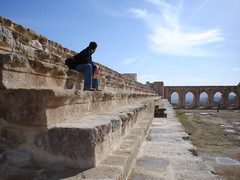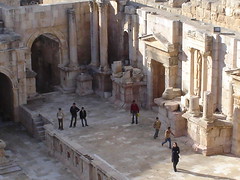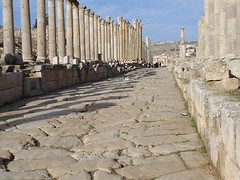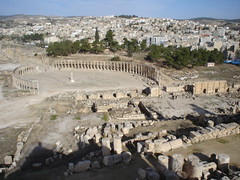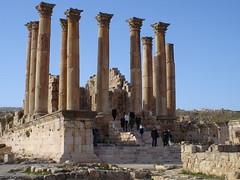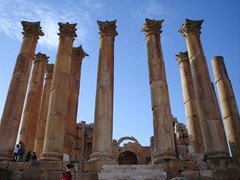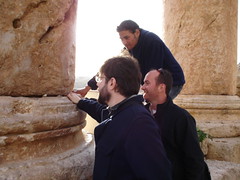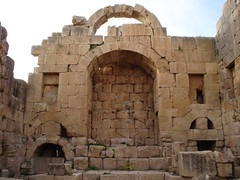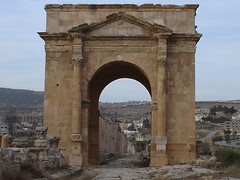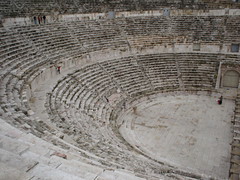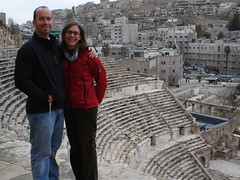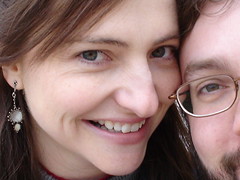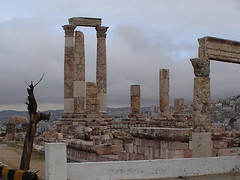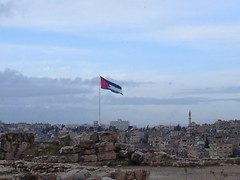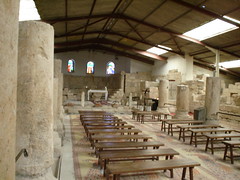Change!?!?
As for Egyptians, there seems to be, from my own observation, a lot of skepticism. They think it’s probably all for show and that nothing will change. I, however, am not so sure. It is very difficult in this day and age to have a “free election” that isn’t free while getting away with it. If the government thinks they can control this and manipulate it for their own benefit they may be in for a surprise. The same-old-thing merely painted up as something-better might be more inflammatory to the people here than the same-old-thing by itself would be.
The question remains, however: why is Mubarak doing this now? One factor, surely, is mounting pressure for change from America. Another is the example of elections in Iraq, where millions of Iraqis (more than 50% of eligible voters) turned out in the face of threats to “wash the streets” with their blood to cast ballots in what often seemed an almost carnival atmosphere. Iraq’s story, naturally, is far from finished, but the spectacle of elections taking place with such relative success in the LEAST FAVORABLE ENVIRONMENT in the entire Middle East is having an impact on the region. If it can be done THERE, why not HERE?
Another factor, perhaps (and this is my own speculation), has to do with public opinion here in Egypt. They are not large and are not many, but protests against the government and Mubarak’s plans to run for a sixth-term unopposed HAVE been taking place. This sort of thing is virtually unheard of here, and I wonder if the government didn’t realize that—if protests have ALREADY started with the “elections” still many months away—it is entirely possible such disruptions will grow ever larger as election-time approaches. My speculation, then, is this: that the government is worried that popular discontent will dramatically increase and so decided to take preemptive action instead of hoping for the best but then having to cave in under mounting popular pressure. By opening the elections, they also opened a kind of pressure valve to take steam out of the discontent of potential protesters. This way they can also “give in” from a position of real strength, since no one could argue public protests have imperiled the government—at least not yet.
In any case, I deeply hope President Mubarak is sincere and will do his best to follow through on what he’s promised. He is an imperfect leader in a very difficult and dangerous job who has managed to keep Egypt together and at peace for the past quarter of a century. His ushering in a more democratic future for his country, however, would be his greatest triumph—a triumph not only for him, but, indeed, for all Egyptians. I hope he seizes this historic opportunity and does the right thing. This wonderful but troubled country deserves it.
